Conserving Biodiversity - Why Each Species Matters
Biodiversity is more than just a buzzword; it's the intricate web of life that sustains our planet. Imagine a world where every species, from the tiniest microbe to the largest mammal, plays a vital role in maintaining the balance of our ecosystems. Each organism contributes to the health of our planet in ways we often take for granted. Whether it's pollinating plants, decomposing organic matter, or controlling pests, these roles are essential for the survival of life as we know it. But why does this matter to you? Because biodiversity directly impacts our daily lives, influencing everything from the air we breathe to the food we eat.
Consider this: the loss of a single species can have a ripple effect on the entire ecosystem. For instance, if bees were to disappear, many plants would struggle to reproduce, leading to a decline in food sources for other animals, and eventually, even humans. This interconnectedness underscores the importance of each species and highlights the urgent need for conservation efforts. Protecting biodiversity is not just a moral obligation; it's an essential strategy for ensuring our survival and the health of future generations.
Biodiversity is crucial for ecosystem stability, resilience, and the provision of essential services such as clean air, water, and food. Each species plays a unique role in maintaining ecological balance. For example, forests act as carbon sinks, absorbing carbon dioxide and releasing oxygen, which is vital for our survival. Aquatic ecosystems filter water and provide habitat for countless species, while grasslands support diverse wildlife and agricultural practices. The more diverse an ecosystem is, the more resilient it becomes to disturbances such as climate change and pollution. This resilience is what allows ecosystems to adapt and thrive, ensuring that they can continue to provide for us.
Despite its importance, biodiversity is under threat like never before. Human activities, climate change, habitat destruction, and pollution pose significant threats to biodiversity. Understanding these threats is vital for developing effective conservation strategies to protect vulnerable species and ecosystems. The alarming rate at which species are going extinct today is a wake-up call for all of us. It's estimated that we are losing species at a rate 1,000 times faster than the natural extinction rate. This isn't just a statistic; it's a clear signal that we need to take action now.
One of the primary drivers of species extinction is habitat destruction. Urbanization, agriculture, and deforestation lead to habitat loss, which is detrimental to many species. Preserving natural habitats is essential for maintaining biodiversity. When we pave over forests to build roads or clear land for agriculture, we disrupt the delicate balance of ecosystems. This destruction not only displaces wildlife but also fragments their habitats, making it difficult for species to find food and mates. The consequences are dire, and we must recognize the importance of sustainable practices that protect our natural environments.
Urban expansion often encroaches on natural habitats, fragmenting ecosystems and making it difficult for species to thrive. Sustainable urban planning can mitigate these effects. By integrating green spaces and wildlife corridors into our cities, we can create environments where both people and wildlife can coexist. Think of urban areas as a puzzle; when we design them thoughtfully, we can fit in the pieces that support biodiversity.
Intensive farming practices can lead to soil degradation and loss of native species. Implementing sustainable agricultural methods is crucial for preserving biodiversity. Practices such as crop rotation, organic farming, and agroforestry not only enhance soil health but also promote a diverse range of species in agricultural landscapes. By choosing to support local and sustainable food sources, we can play a part in protecting biodiversity.
Climate change affects species distribution and ecosystem dynamics. Understanding its impact is essential for developing strategies to help species adapt and survive in changing environments. As temperatures rise and weather patterns shift, many species are forced to migrate to find suitable habitats. This creates competition for resources and can lead to further declines in biodiversity. It's a complex challenge that requires immediate and concerted efforts from all of us.
Effective conservation strategies include habitat restoration, protected areas, and community engagement. These approaches are vital for preserving biodiversity and ensuring the survival of endangered species. By focusing on these strategies, we can create a future where biodiversity thrives alongside human development.
Establishing protected areas helps safeguard critical habitats and provides a refuge for endangered species. These areas are essential for maintaining biodiversity and ecological integrity. Think of them as nature's safe havens, where ecosystems can flourish without the pressures of human interference. By supporting the creation and maintenance of these areas, we can help protect the rich tapestry of life on Earth.
Engaging local communities in conservation efforts fosters stewardship and enhances the effectiveness of biodiversity initiatives. Community-led projects can lead to sustainable practices and greater awareness of biodiversity's importance. When people feel connected to their environment, they are more likely to take action to protect it. This grassroots approach is crucial for the long-term success of conservation efforts.
- Why is biodiversity important? Biodiversity is essential for ecosystem stability, resilience, and the provision of vital services such as clean air, water, and food.
- What are the main threats to biodiversity? Major threats include habitat destruction, climate change, pollution, and overexploitation of resources.
- How can I help conserve biodiversity? You can support local conservation efforts, choose sustainable products, and educate others about the importance of biodiversity.
- What role do protected areas play in conservation? Protected areas safeguard critical habitats and provide safe havens for endangered species, helping to maintain biodiversity.
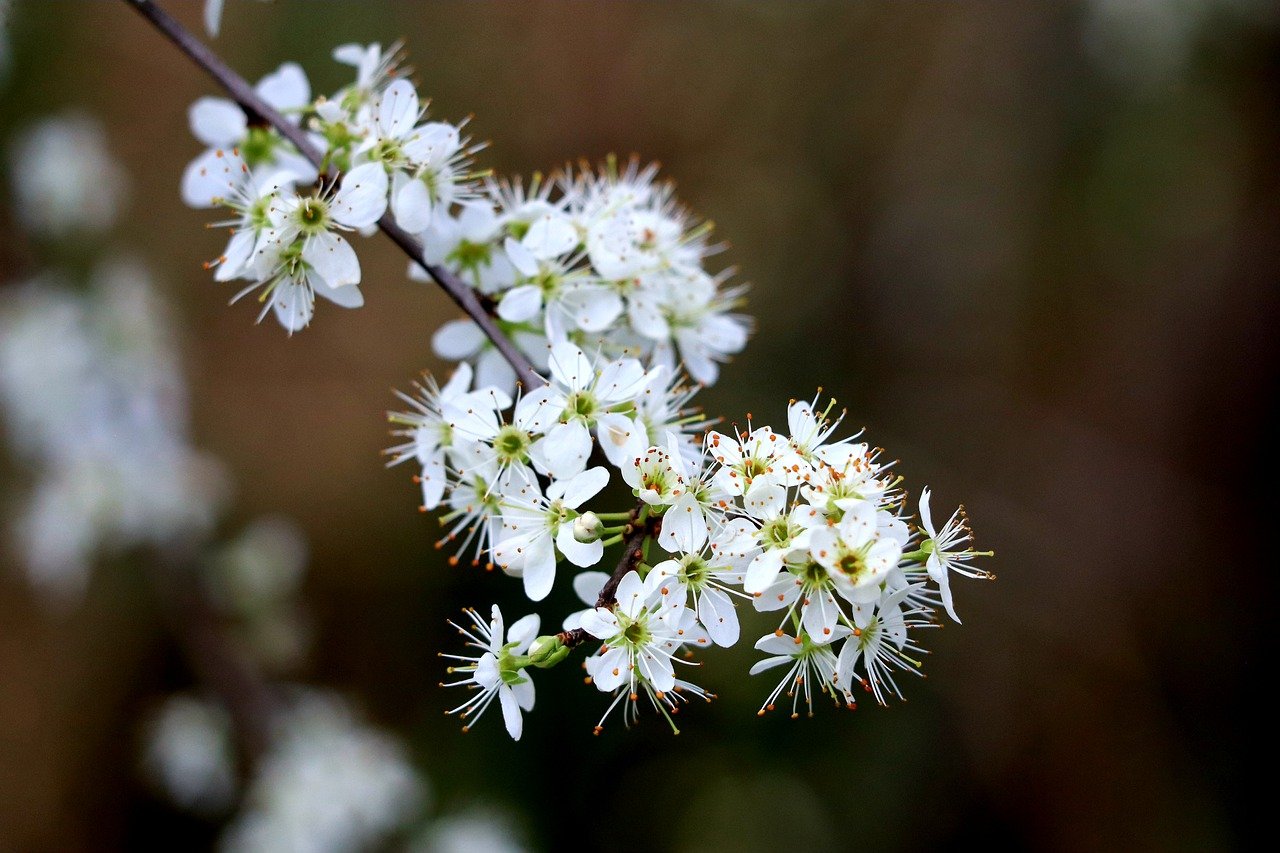
The Importance of Biodiversity
This article explores the significance of biodiversity, the threats it faces, and the importance of conservation efforts to maintain ecological balance and support life on Earth.
Biodiversity is the backbone of our planet's health, playing a crucial role in maintaining the ecosystem stability and resilience we often take for granted. Imagine a world where every species is a thread in a vast tapestry; each thread contributes to the overall beauty and functionality of that design. If we start pulling out threads—species—what happens? The tapestry begins to fray, and eventually, it could unravel completely. This is why understanding the importance of biodiversity is not just an academic exercise; it's a necessity for our survival.
Every species, no matter how small, has a unique role in the ecosystem. For example, bees are not just cute little insects buzzing around; they are essential for pollinating plants, which in turn produce the food we eat. Similarly, predators like wolves maintain the balance of herbivore populations, preventing overgrazing and promoting a healthy landscape. When we lose a species, we lose a part of this intricate web of life, which can lead to unpredictable consequences. In essence, biodiversity is critical for providing us with essential services such as:
- Clean air: Plants and trees filter pollutants, providing us with the oxygen we breathe.
- Water purification: Wetlands and forests act as natural filters, cleaning our water supply.
- Food security: Diverse ecosystems contribute to a variety of crops and livestock, ensuring we have a balanced diet.
Moreover, biodiversity contributes to economic stability. Many industries, including agriculture, pharmaceuticals, and tourism, rely on a rich variety of species. For instance, did you know that approximately 70% of the world's population relies on plants for their primary health care? The loss of biodiversity could jeopardize not just our health but also our economy. The value of biodiversity extends beyond the tangible; it enriches our lives in ways we often overlook, such as through cultural and aesthetic experiences.
In a world increasingly dominated by urbanization and technology, the significance of biodiversity cannot be overstated. It acts as a buffer against environmental changes and disasters, enhancing the resilience of ecosystems. Healthy ecosystems can better withstand extreme weather events, pests, and diseases, ultimately leading to a more stable environment for all living beings. Just like a well-balanced diet is crucial for human health, a diverse ecosystem is vital for the planet's health.
In summary, biodiversity is not merely a collection of species; it is a complex web of interactions that supports life on Earth. Protecting it is not just an environmental issue; it is a human issue. We must recognize that our fate is intertwined with that of the natural world. The more we understand its importance, the better equipped we will be to advocate for its preservation.
Q: Why is biodiversity important for human health?
A: Biodiversity is essential for human health as it provides a variety of food sources, medicinal resources, and ecosystem services that contribute to our overall well-being.
Q: How does biodiversity affect climate change?
A: Biodiverse ecosystems can help mitigate climate change by sequestering carbon and maintaining the balance of greenhouse gases in the atmosphere.
Q: What can individuals do to help conserve biodiversity?
A: Individuals can help by supporting sustainable practices, reducing waste, participating in local conservation efforts, and raising awareness about the importance of biodiversity.
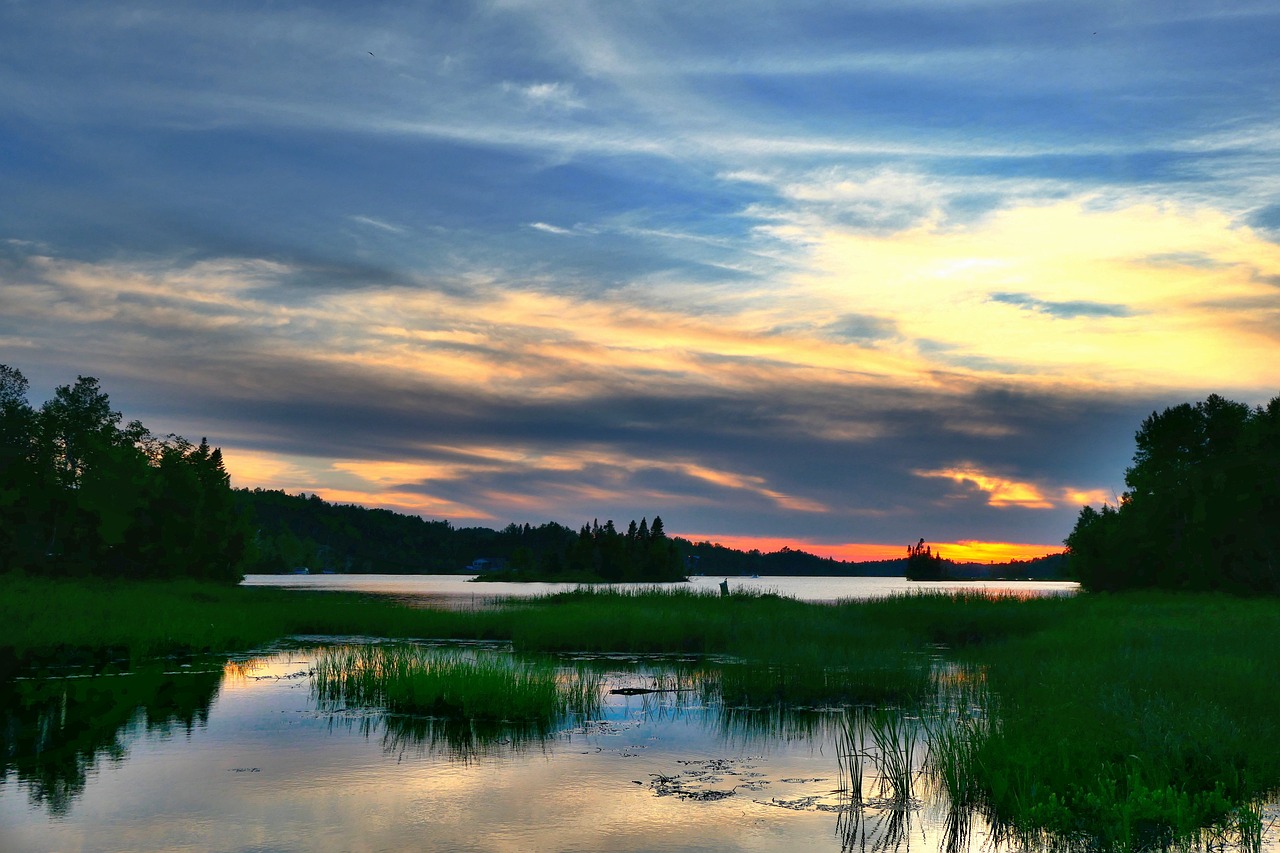
Threats to Biodiversity
Biodiversity is not just a collection of different species; it is the intricate web of life that sustains our planet. However, this precious web is under siege from various threats that stem primarily from human activities. It's like a delicate tapestry, and every time we pull at a thread—whether through pollution, habitat destruction, or climate change—we risk unraveling the entire fabric of life that supports us. Understanding these threats is crucial if we are to develop effective strategies to protect our planet's biodiversity.
One of the most pressing threats to biodiversity is habitat destruction. As our population grows, the demand for land increases, leading to urbanization, agriculture, and deforestation. This loss of habitat not only displaces countless species but also disrupts the ecological balance that has taken eons to establish. Imagine a bustling city where the concrete jungle replaces lush forests; the vibrant symphony of chirping birds and rustling leaves is replaced by the cacophony of traffic and industry. This transformation is not just an aesthetic loss; it has profound implications for the species that once thrived in those natural habitats.
When we talk about habitat destruction, we must consider the specific ways in which human activity contributes to this crisis. Urbanization, for instance, often leads to the fragmentation of ecosystems. As cities expand, they encroach on natural landscapes, leaving isolated patches of habitat that make it difficult for species to migrate, find mates, or access food. This fragmentation can lead to a decline in genetic diversity, making species more vulnerable to diseases and environmental changes.
Agricultural practices also play a significant role in habitat loss. Intensive farming techniques, while necessary for feeding a growing population, often result in soil degradation and the elimination of native species. The overuse of pesticides and fertilizers can create a toxic environment for many organisms, further threatening biodiversity. Sustainable agricultural methods, such as crop rotation and organic farming, are essential to ensure that we can produce food without sacrificing the health of our ecosystems.
Another major threat to biodiversity is climate change, which is altering the very fabric of ecosystems. Rising temperatures, changing precipitation patterns, and increasing frequency of extreme weather events are forcing species to adapt or perish. For example, polar bears are struggling to find enough sea ice to hunt seals, their primary food source, as the Arctic warms. Similarly, coral reefs, which are home to a vast array of marine life, are experiencing bleaching events due to rising ocean temperatures. The implications of climate change are vast, affecting not only the species directly impacted but also the humans who rely on these ecosystems for their livelihoods.
In summary, the threats to biodiversity are multifaceted and interconnected. From habitat destruction to climate change, each factor compounds the effects of the others, creating a complex web of challenges that must be addressed. As stewards of the Earth, it is our responsibility to recognize these threats and work towards solutions that can help preserve the incredible diversity of life on our planet.
- What is biodiversity? Biodiversity refers to the variety of life on Earth, including the different species of plants, animals, and microorganisms, as well as the ecosystems they form.
- Why is biodiversity important? Biodiversity is crucial for ecosystem stability, resilience, and the provision of essential services such as clean air, water, and food.
- What are the main threats to biodiversity? The main threats to biodiversity include habitat destruction, climate change, pollution, and overexploitation of resources.
- How can we help conserve biodiversity? We can help conserve biodiversity by supporting sustainable practices, participating in conservation efforts, and raising awareness about the importance of biodiversity.
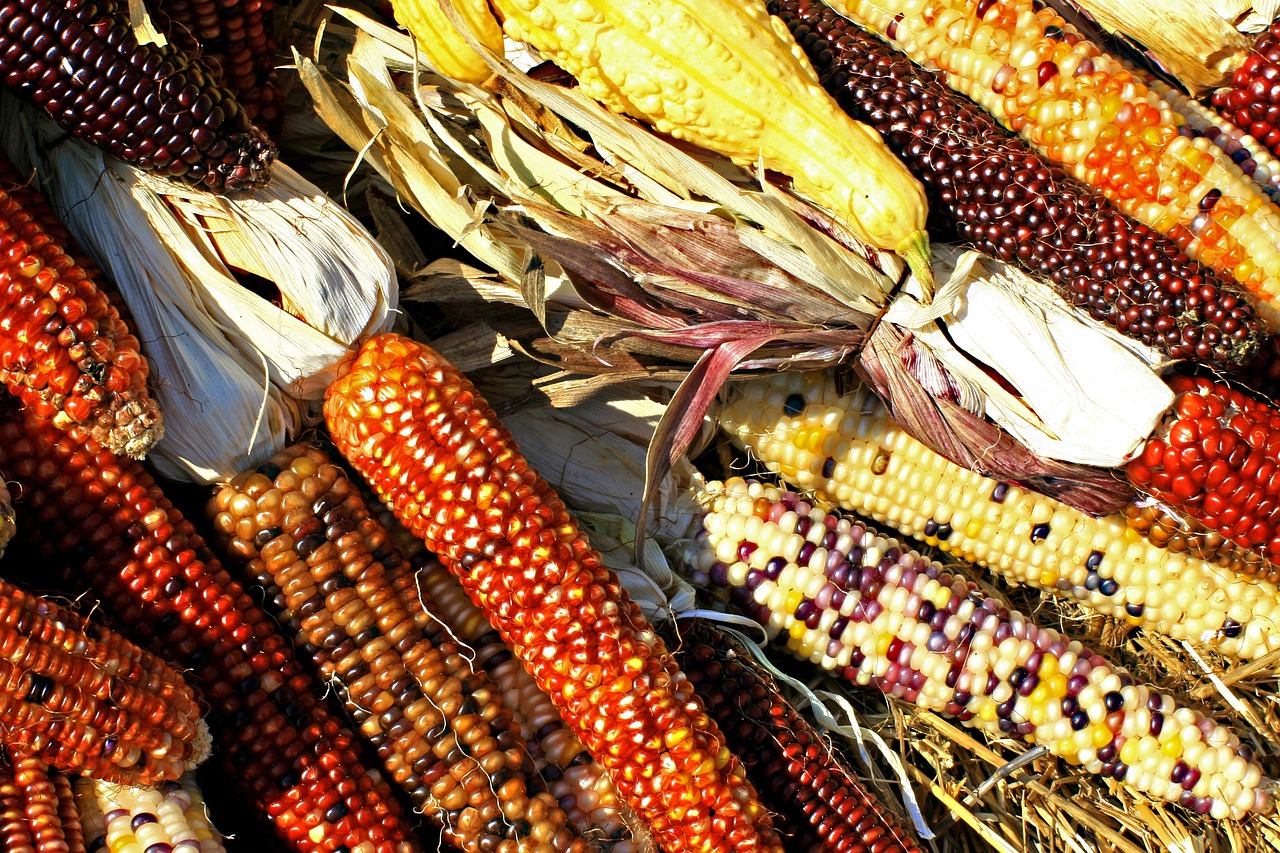
Habitat Destruction
Habitat destruction is a pressing issue that is reshaping the world we live in. Imagine a vibrant forest teeming with life, where each creature plays a vital role in the ecosystem. Now, picture that same forest reduced to mere stumps and barren land, stripped of its inhabitants. This stark contrast highlights the urgency of addressing habitat loss, which is one of the primary drivers of species extinction. Urbanization, agriculture, and deforestation are the main culprits behind this alarming trend.
Urbanization is like a double-edged sword. On one hand, it brings economic growth and development; on the other, it encroaches upon natural habitats, fragmenting ecosystems and isolating species. When cities expand, they often swallow up forests, wetlands, and grasslands, leaving wildlife with nowhere to go. This fragmentation makes it difficult for species to find food, mates, and shelter, ultimately threatening their survival.
Moreover, agricultural practices have evolved into intensive systems that prioritize yield over ecological balance. Large-scale farming often leads to soil degradation, pesticide use, and the displacement of native species. The relentless push for more land to cultivate crops results in the destruction of vital habitats. For instance, monoculture farming not only reduces biodiversity but also makes crops more susceptible to diseases and pests, creating a vicious cycle that further harms the environment.
Deforestation, driven by logging and land conversion for agriculture, poses a significant threat to biodiversity. According to recent studies, approximately 18 million acres of forest are lost each year, which equates to about 27 soccer fields every minute! This loss not only affects the myriad of species that call these forests home but also disrupts the delicate balance of our planet's climate. Forests act as carbon sinks, absorbing carbon dioxide and helping to mitigate climate change. Their destruction releases stored carbon back into the atmosphere, exacerbating global warming.
To illustrate the impact of habitat destruction, consider the following table:
| Type of Habitat | Causes of Destruction | Consequences |
|---|---|---|
| Forests | Logging, agriculture, urbanization | Loss of species, increased carbon emissions |
| Wetlands | Drainage for agriculture, urban development | Disruption of water cycles, loss of biodiversity |
| Grasslands | Overgrazing, agriculture | Soil erosion, habitat loss for numerous species |
As we navigate the complexities of modern life, it is crucial to recognize that every action has consequences. The choices we make today regarding land use and resource management will have lasting effects on the biodiversity of our planet. By prioritizing sustainable practices and advocating for the preservation of natural habitats, we can mitigate the impact of habitat destruction and safeguard the delicate web of life that sustains us all.
- What is habitat destruction? Habitat destruction refers to the process by which natural habitats are altered or destroyed, often due to human activities such as urbanization, agriculture, and deforestation.
- Why is habitat destruction a problem? It leads to loss of biodiversity, extinction of species, and disruption of ecosystems, which can have far-reaching consequences for the environment and human life.
- How can we help combat habitat destruction? We can support conservation efforts, practice sustainable agriculture, and advocate for policies that protect natural habitats.
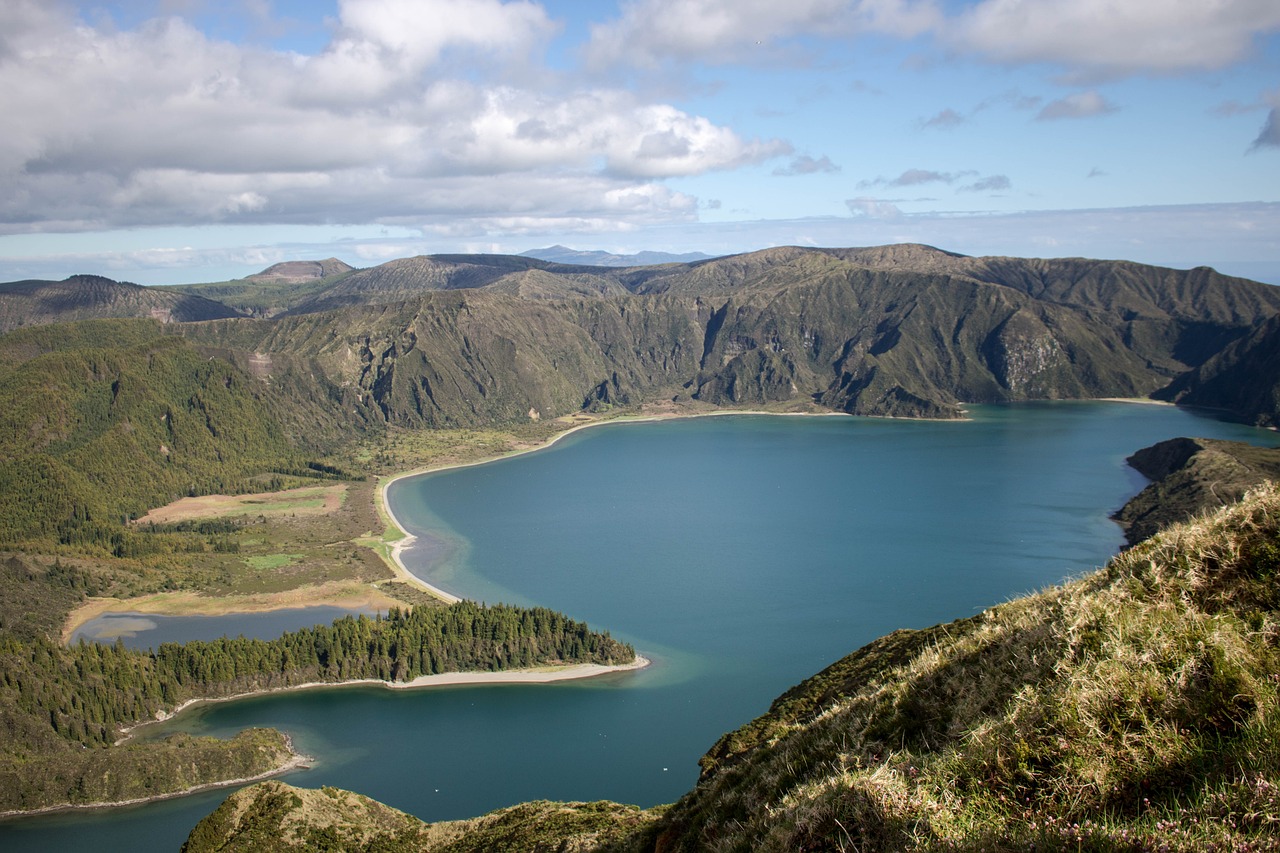
Impact of Urbanization
Urbanization is like a double-edged sword; while it brings about economic growth and development, it also wreaks havoc on our natural habitats. As cities expand, they often swallow up the very ecosystems that provide us with clean air, water, and the biodiversity we rely on. This encroachment leads to habitat fragmentation, where large, continuous habitats are broken into smaller, isolated patches. Imagine trying to navigate a maze; that’s what it feels like for many species trying to move between these fragmented areas. They struggle to find food, mates, and shelter, which can lead to a significant decline in their populations.
Furthermore, urban areas create barriers that prevent species from migrating or adapting to environmental changes. For example, roads and buildings can cut off migration routes for animals, making it nearly impossible for them to reach essential resources or breeding grounds. This isolation can lead to inbreeding and a loss of genetic diversity, which is crucial for the survival of any species. The consequences are dire; as species become more vulnerable, the risk of extinction increases exponentially.
To illustrate the impact of urbanization, consider the following table that highlights key effects:
| Impact of Urbanization | Description |
|---|---|
| Habitat Loss | Destruction of natural habitats due to construction and infrastructure development. |
| Fragmentation | Breaking up of ecosystems into smaller, isolated patches, making it hard for species to thrive. |
| Pollution | Increased pollution from urban areas affects air and water quality, harming wildlife. |
| Climate Change | Urban heat islands contribute to local climate changes, further stressing local species. |
However, it’s not all doom and gloom! Sustainable urban planning can help mitigate these adverse effects. By incorporating green spaces, such as parks and wildlife corridors, cities can create a more harmonious relationship with nature. These green spaces not only provide refuge for wildlife but also offer residents a breath of fresh air amidst the concrete jungle. Imagine walking through a city park, surrounded by trees and chirping birds; that’s the kind of balance we need to strive for.
In conclusion, while urbanization is an inevitable part of modern life, it is essential to recognize its impacts on biodiversity. By adopting sustainable practices and prioritizing the preservation of natural habitats, we can create urban environments that support both human life and the myriad species that share our planet. It’s a delicate dance, but with awareness and action, we can ensure that urbanization doesn’t come at the expense of our planet’s precious biodiversity.
- What is biodiversity? Biodiversity refers to the variety of life on Earth, including the different species of plants, animals, and microorganisms, as well as the ecosystems they form.
- Why is biodiversity important? Biodiversity is crucial for ecosystem stability, resilience, and the provision of essential services such as clean air, water, and food.
- How does urbanization threaten biodiversity? Urbanization leads to habitat loss, fragmentation, and pollution, which can significantly impact various species and their survival.
- What can be done to protect biodiversity in urban areas? Implementing sustainable urban planning, creating green spaces, and engaging local communities in conservation efforts can help protect biodiversity.
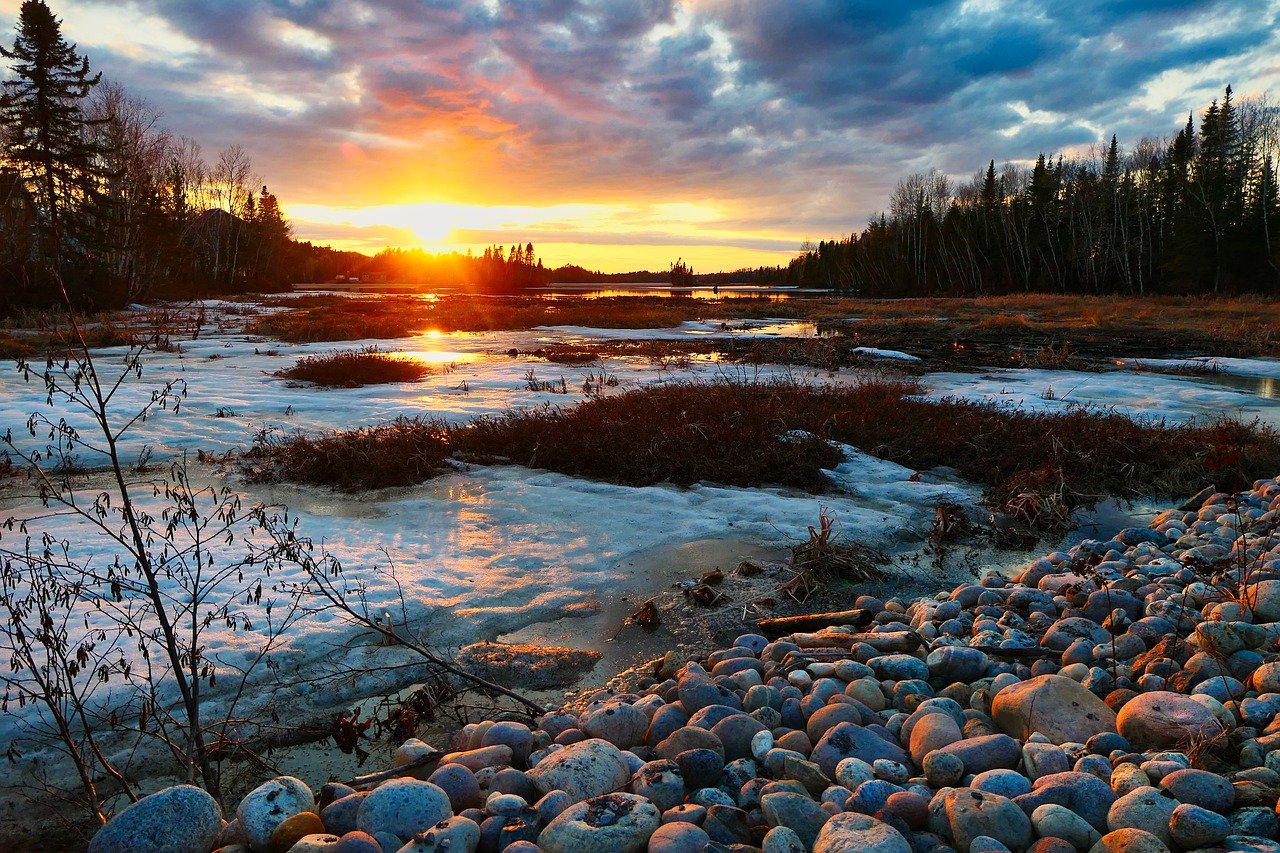
Agricultural Practices
Agricultural practices have a profound impact on biodiversity, often leading to significant ecological consequences. The way we cultivate crops and raise livestock can either support or undermine the delicate balance of ecosystems. Intensive farming methods, which prioritize high yields and efficiency, frequently result in soil degradation, loss of native species, and disruption of local habitats. It's a bit like squeezing a sponge too hard; while you may get some water out, you also risk damaging the sponge itself.
One of the main issues with modern agriculture is the reliance on monocultures—growing a single crop over a wide area. This practice not only reduces genetic diversity within crops but also makes these systems more vulnerable to pests and diseases. When a farmer plants the same crop year after year, it’s akin to putting all your eggs in one basket. If a disease strikes, it could wipe out the entire yield. Furthermore, the heavy use of chemical fertilizers and pesticides can lead to soil and water pollution, affecting not just the targeted pests but also beneficial organisms that play crucial roles in maintaining ecosystem health.
To combat these issues, farmers and agricultural scientists are increasingly turning to sustainable practices. These methods aim to balance productivity with ecological health. For instance, crop rotation can help maintain soil fertility and reduce pest populations naturally. By alternating different crops in the same field, farmers can break the cycle of pests and diseases that thrive on specific plants. Additionally, agroforestry, which integrates trees and shrubs into agricultural landscapes, can enhance biodiversity, improve soil structure, and provide habitat for various species.
Moreover, organic farming practices, which avoid synthetic chemicals, are gaining popularity. These methods not only promote healthier food options but also foster a more biodiverse environment. By using natural fertilizers, such as compost, and encouraging beneficial insects, organic farms can create a thriving ecosystem that supports a wide range of flora and fauna.
Here’s a quick overview of some sustainable agricultural practices that can help preserve biodiversity:
- Crop Rotation: Alternating different crops to improve soil health and disrupt pest cycles.
- Agroforestry: Integrating trees with crops and livestock to enhance biodiversity and ecosystem services.
- Organic Farming: Utilizing natural inputs and processes to maintain soil health and reduce chemical runoff.
- Conservation Tillage: Minimizing soil disturbance to preserve soil structure and reduce erosion.
In conclusion, the choices we make in agricultural practices can either contribute to the decline of biodiversity or promote its preservation. By adopting sustainable methods, we not only protect the environment but also ensure the long-term viability of our food systems. It’s essential for farmers, consumers, and policymakers to work together in fostering practices that safeguard our planet’s rich biodiversity.
1. What is biodiversity and why is it important?
Biodiversity refers to the variety of life on Earth, including the different species, ecosystems, and genetic diversity within species. It is essential for ecosystem stability, resilience, and the provision of services like clean air, water, and food.
2. How does agriculture impact biodiversity?
Agricultural practices can lead to habitat destruction, soil degradation, and loss of native species. Intensive farming methods, such as monoculture and heavy chemical use, can significantly reduce biodiversity.
3. What are some sustainable agricultural practices?
Sustainable practices include crop rotation, agroforestry, organic farming, and conservation tillage. These methods help maintain biodiversity while also supporting productive farming.
4. How can consumers support biodiversity?
Consumers can support biodiversity by choosing organic products, reducing food waste, and advocating for sustainable farming practices. Supporting local farmers and understanding the origin of food can also make a significant difference.
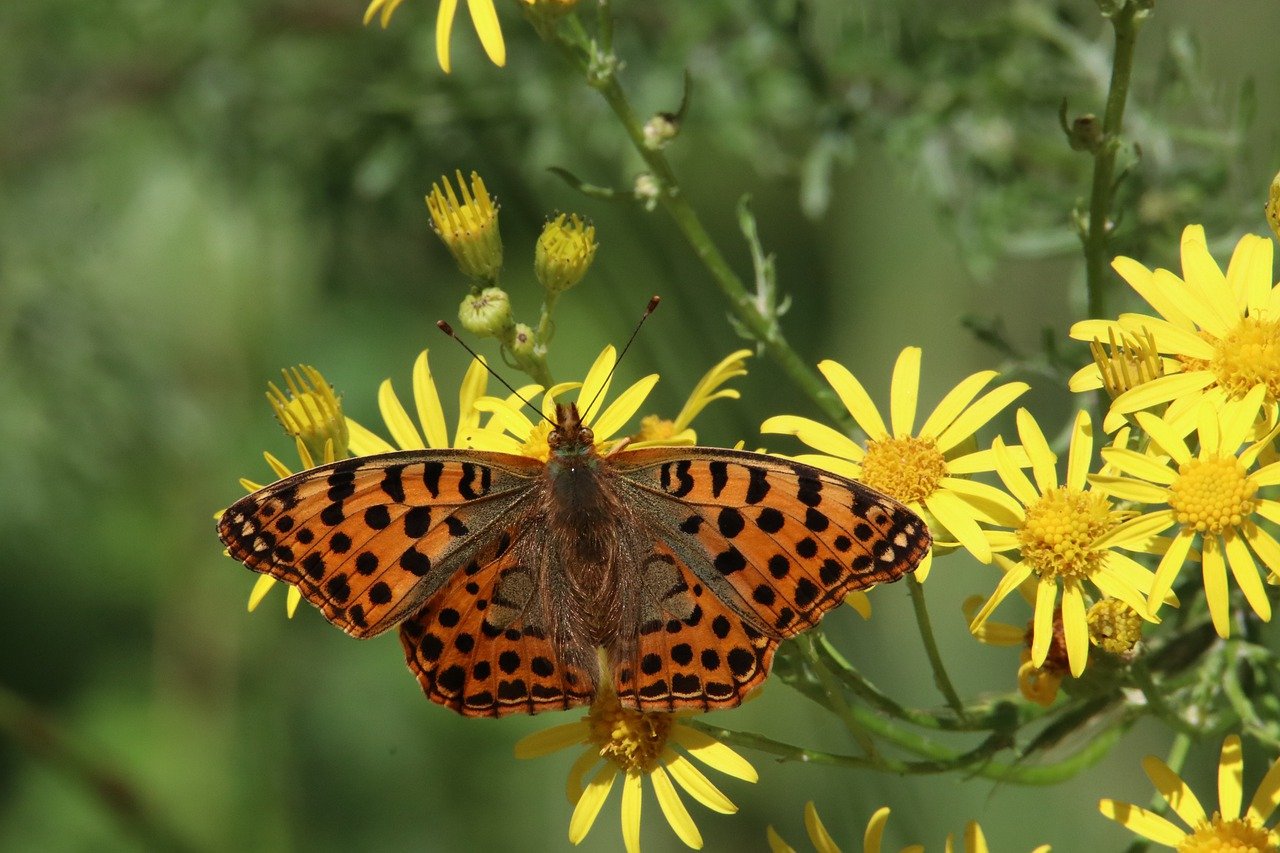
Climate Change
Climate change is not just a buzzword; it’s a reality that profoundly affects our planet's biodiversity. Imagine a world where the seasons are confused, where animals struggle to find food, and where entire ecosystems are thrown out of balance. This is the stark picture painted by the ongoing shifts in our climate. As temperatures rise, many species are forced to adapt or face extinction. The delicate dance of nature is being disrupted, and we must pay attention.
The impact of climate change on biodiversity is multi-faceted. First and foremost, it alters species distribution. As habitats become inhospitable, animals and plants are pushed to migrate to cooler areas, often leading to increased competition for resources. This shift can create a ripple effect, disrupting food webs and leading to the decline of certain species. For instance, polar bears are losing their sea ice habitat due to rising temperatures, making it increasingly difficult for them to hunt seals, their primary food source.
Moreover, climate change can also cause phenological mismatches. This term refers to the timing of biological events, such as flowering and breeding, that are crucial for species survival. When one species changes its timing due to warmer temperatures while another does not, it can lead to disastrous consequences. For example, if insects emerge earlier in spring but the birds that feed on them do not adjust their breeding schedules accordingly, the birds may find themselves without food for their young, leading to decreased survival rates.
Additionally, climate change exacerbates existing threats to biodiversity. For instance, habitat loss due to urbanization and deforestation is made worse by changing climates, as these areas become less hospitable. Furthermore, pollution and invasive species are often more aggressive in disturbed environments, creating a perfect storm for native species that are already struggling to survive.
In light of these challenges, it’s crucial to understand that combating climate change is not just an environmental issue; it’s a vital part of preserving our planet’s biodiversity. We need to take action on multiple fronts:
- Reduction of greenhouse gas emissions: Transitioning to renewable energy sources can significantly lessen our carbon footprint.
- Conservation of natural habitats: Protecting and restoring ecosystems can help species adapt to the changing climate.
- Promotion of sustainable practices: Encouraging sustainable agriculture and forestry can help mitigate the impacts of climate change on biodiversity.
In conclusion, addressing climate change is imperative for the survival of countless species and the ecosystems they inhabit. By understanding the intricate connections between climate and biodiversity, we can develop strategies that not only combat climate change but also enhance the resilience of our natural world.
Q: How does climate change affect animal migration?
A: Climate change alters temperature and seasonal patterns, which can lead to mismatches in food availability and breeding times, forcing animals to migrate to new areas in search of suitable habitats.
Q: What can individuals do to help combat climate change?
A: Individuals can reduce their carbon footprint by using public transport, conserving energy, supporting renewable energy initiatives, and engaging in local conservation efforts.
Q: Why is biodiversity important in the context of climate change?
A: Biodiversity contributes to ecosystem resilience, which is crucial for adapting to climate change. Diverse ecosystems are better able to withstand changes and recover from disturbances.
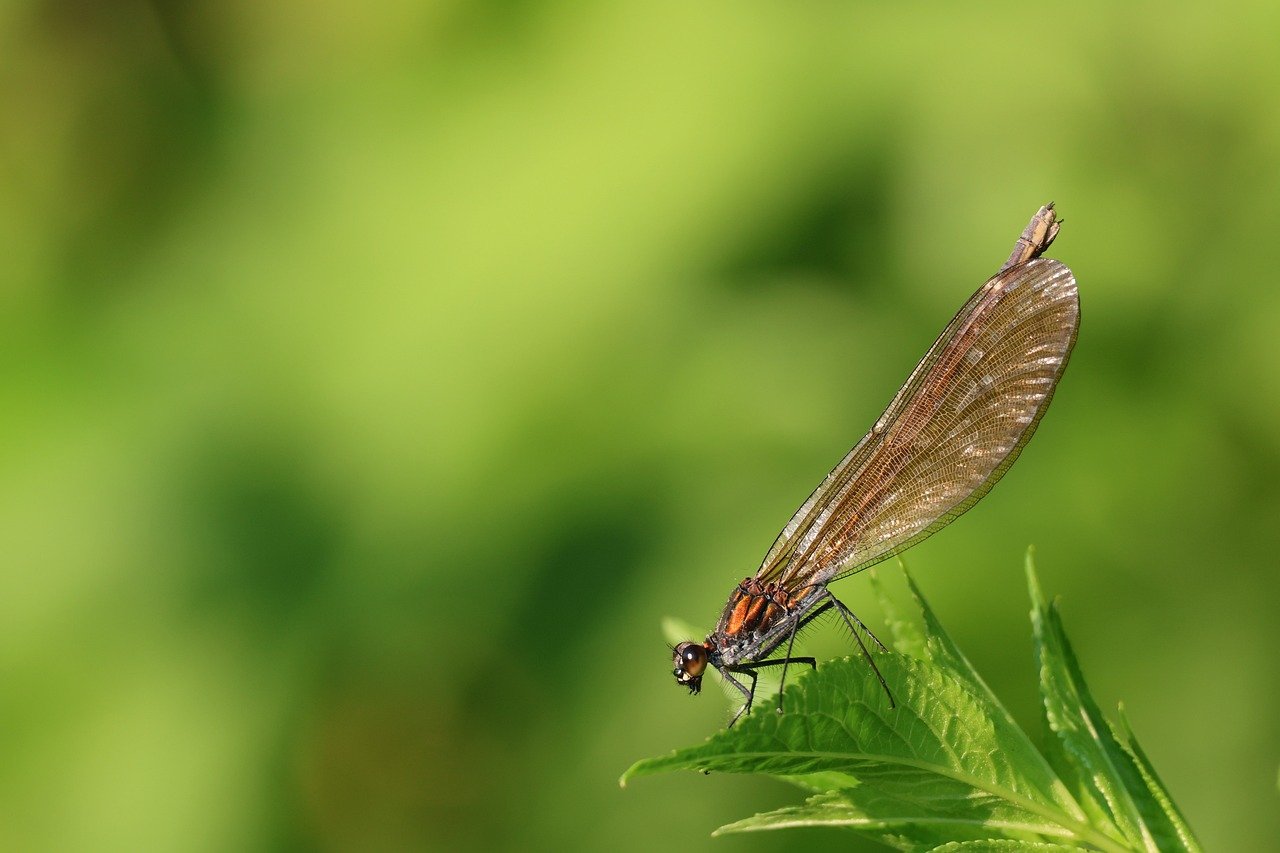
Conservation Strategies
Conservation strategies are the lifelines that help us protect the delicate web of life on our planet. Think of biodiversity as a giant tapestry, where each thread represents a different species. If we start pulling out threads, the entire tapestry begins to unravel. That's why implementing effective conservation strategies is not just important—it's absolutely essential. These strategies encompass a variety of approaches, including habitat restoration, the establishment of protected areas, and engaging communities in conservation efforts. Each of these plays a pivotal role in maintaining ecological balance and ensuring that all species, no matter how small, can thrive.
One of the most effective strategies is habitat restoration. This involves rehabilitating ecosystems that have been degraded or destroyed, allowing them to regain their natural functions. For example, when wetlands are restored, they can once again filter water, provide habitat for wildlife, and mitigate flooding. It’s like giving nature a second chance to breathe and flourish. However, restoration is not a one-size-fits-all solution; it requires a tailored approach that considers the unique characteristics of each ecosystem.
Another cornerstone of conservation is the creation of protected areas. These regions are designated to safeguard critical habitats from human encroachment and exploitation. By establishing national parks, wildlife reserves, and marine protected areas, we create safe havens for endangered species. Imagine a sanctuary where animals can roam freely without the threat of poaching or habitat destruction. Protected areas not only serve as refuges but also play a vital role in preserving biodiversity. They act as reservoirs of genetic diversity, which is crucial for species adaptation and resilience in the face of environmental changes.
But conservation doesn’t stop at protected areas; it also thrives through community involvement. Engaging local communities in conservation efforts is like planting seeds of awareness and stewardship. When people understand the value of biodiversity and the role they play in its preservation, they are more likely to take action. Community-led initiatives can lead to sustainable practices that benefit both the environment and local economies. For instance, eco-tourism projects can provide financial incentives for communities to protect their natural resources, creating a win-win situation. It’s a powerful reminder that we are all interconnected, and our actions can ripple through the ecosystem.
To further illustrate the effectiveness of these strategies, consider the following table that highlights successful conservation efforts around the world:
| Conservation Strategy | Location | Outcome |
|---|---|---|
| Habitat Restoration | Everglades National Park, USA | Improved water quality and increased wildlife populations |
| Protected Areas | Yellowstone National Park, USA | Successful reintroduction of wolves, balancing the ecosystem |
| Community Involvement | Amazon Rainforest, Brazil | Reduced deforestation rates through sustainable practices |
In conclusion, the fight for biodiversity is a collective responsibility that requires innovative and inclusive conservation strategies. By restoring habitats, establishing protected areas, and involving communities, we can create a sustainable future where both people and nature thrive. After all, preserving biodiversity is not just about saving animals and plants—it's about securing our own future on this planet. So, let’s roll up our sleeves and get to work!
- What is biodiversity? Biodiversity refers to the variety of life on Earth, including the different species of plants, animals, and microorganisms, as well as the ecosystems they form.
- Why is biodiversity important? Biodiversity is crucial for ecosystem stability, resilience, and the provision of essential services such as clean air, water, and food.
- What are some major threats to biodiversity? Major threats include habitat destruction, climate change, pollution, and invasive species.
- How can individuals help conserve biodiversity? Individuals can help by supporting conservation organizations, reducing waste, using sustainable products, and advocating for policies that protect the environment.
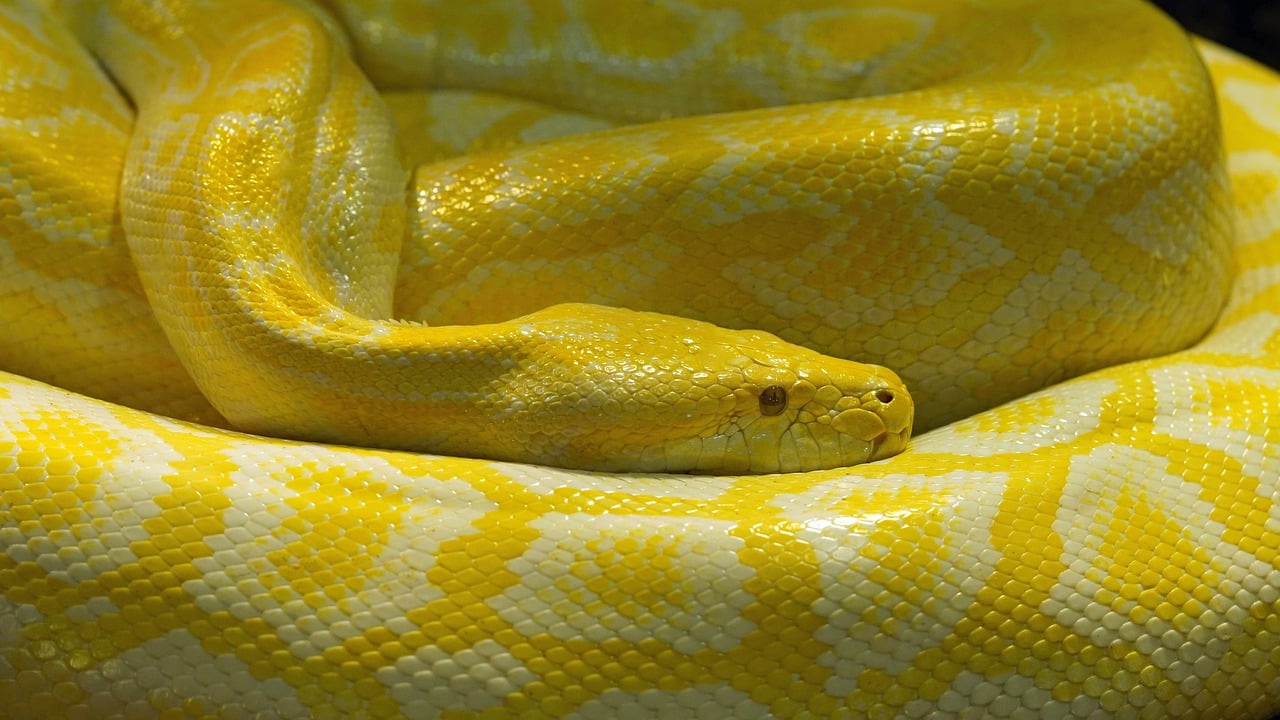
Protected Areas
Protected areas are crucial sanctuaries in our fight to conserve biodiversity. These designated regions serve as safe havens for countless species, allowing them to thrive without the immediate pressures of human activities. Imagine a vibrant oasis where nature flourishes, free from the encroachment of urban development and pollution. This is what protected areas aim to create. They not only safeguard endangered species but also help maintain the ecological balance essential for our planet's health.
One of the most significant benefits of establishing protected areas is the preservation of critical habitats. These habitats are often home to unique flora and fauna that cannot be found anywhere else. For example, the Amazon Rainforest, a vast protected area, is known for its incredible biodiversity, housing over 390 billion individual trees and countless species of animals. Without such protections, many of these species would face extinction due to habitat loss and degradation.
Furthermore, protected areas contribute to ecosystem services that benefit humanity. They help regulate climate, purify air and water, and provide resources such as food and medicine. When we think about it, these areas are not just about saving animals and plants; they are about preserving the very systems that support life on Earth. It’s like having a savings account for our environment—investing in these areas now ensures that we can withdraw benefits in the future.
However, the effectiveness of protected areas can be compromised without proper management and enforcement. Many regions face challenges such as poaching, illegal logging, and mining activities that threaten their integrity. To combat these issues, governments and organizations must work together to implement robust management strategies. This includes:
- Regular monitoring: Keeping a close eye on the health of ecosystems and the species that inhabit them.
- Community engagement: Involving local communities in conservation efforts to foster a sense of ownership and responsibility.
- Education and awareness: Raising public awareness about the importance of biodiversity and the role of protected areas.
In conclusion, protected areas are a pillar of biodiversity conservation. They not only provide refuge for endangered species but also enhance the resilience of ecosystems. By investing in these natural reserves, we are investing in a sustainable future for our planet. It’s a collective responsibility that requires the commitment of individuals, communities, and governments alike. Remember, when we protect nature, we ultimately protect ourselves.
1. What are protected areas?
Protected areas are regions designated for the conservation of wildlife and natural resources, limiting human activities that could harm the environment.
2. Why are protected areas important?
They help conserve biodiversity, protect ecosystems, and provide essential services such as clean air and water.
3. How can I get involved in protecting these areas?
You can participate in local conservation efforts, volunteer with environmental organizations, or advocate for policies that support protected areas.
4. Are all protected areas the same?
No, protected areas vary in their management and level of protection, ranging from national parks to wildlife reserves and marine protected areas.
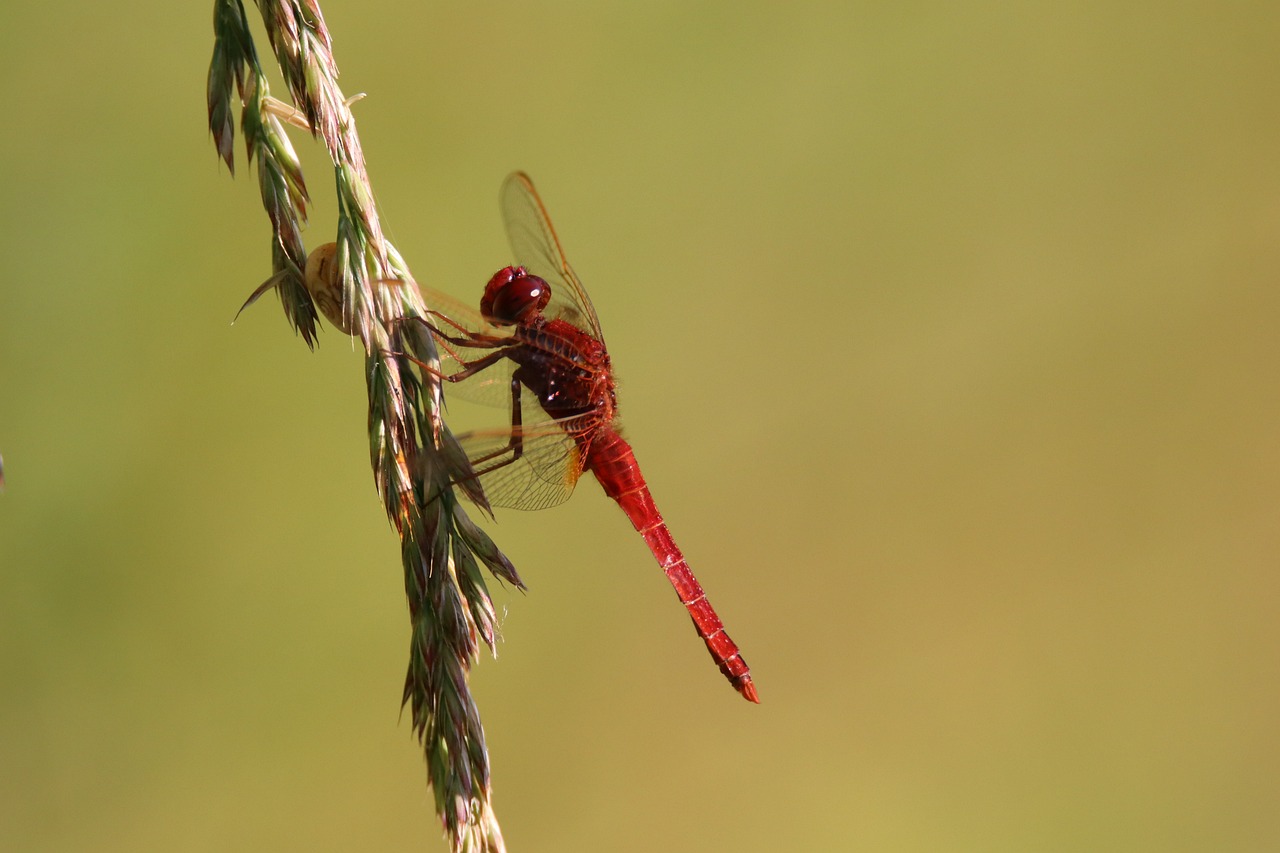
Community Involvement
Community involvement is not just a buzzword; it's the heartbeat of effective conservation efforts. When local communities are engaged in protecting their natural surroundings, the impact is profound. Imagine a group of neighbors coming together to plant trees in a local park, or a school organizing a clean-up day at a nearby river. These activities do more than just beautify the area; they foster a deep connection between people and the environment. This connection is crucial because it cultivates a sense of responsibility and ownership over local ecosystems.
One of the most compelling reasons to involve communities in conservation is the wealth of traditional knowledge they possess. Locals often have a unique understanding of their environment, including the behaviors of local wildlife and the health of ecosystems. By tapping into this knowledge, conservationists can develop strategies that are not only effective but also culturally relevant. For example, indigenous practices of land management have been shown to promote biodiversity and sustainability. When these practices are respected and integrated into modern conservation efforts, the results can be transformative.
Moreover, community-led projects often lead to sustainable practices that can have long-lasting effects. For instance, when communities are empowered to manage their resources, they are more likely to adopt practices that protect biodiversity. This can include:
- Establishing local wildlife reserves
- Implementing sustainable fishing practices
- Promoting organic farming techniques
These initiatives not only help preserve local species but also enhance the livelihoods of community members. When people see direct benefits from conservation, such as improved crop yields or increased tourism, they are more likely to support and continue these efforts. It's a win-win situation!
Furthermore, education plays a vital role in fostering community involvement. By raising awareness about the importance of biodiversity and the threats it faces, communities can become advocates for change. Schools, non-profits, and local governments can collaborate to create educational programs that inform residents about their environment and how they can help protect it. Workshops, seminars, and hands-on activities can ignite passion and inspire action.
In conclusion, community involvement is a cornerstone of successful conservation strategies. When communities are engaged, empowered, and educated, they become formidable allies in the fight to protect biodiversity. It's not just about saving the planet; it's about creating a better future for ourselves and generations to come. So, how can you get involved? Start small, connect with your neighbors, and look for local conservation initiatives. Every little effort counts!
Q1: How can I get involved in local conservation efforts?
A1: You can start by researching local organizations that focus on conservation. Many groups welcome volunteers for activities such as tree planting, clean-up events, and educational workshops.
Q2: Why is community involvement important for biodiversity?
A2: Community involvement is crucial because it fosters a sense of ownership and responsibility towards local ecosystems. Engaged communities are more likely to adopt sustainable practices that protect biodiversity.
Q3: What role does education play in conservation?
A3: Education raises awareness about biodiversity and its threats, empowering individuals to take action. Informative programs can inspire community members to participate in conservation initiatives.
Q4: Can traditional knowledge contribute to conservation?
A4: Absolutely! Local communities often possess valuable traditional knowledge about their ecosystems, which can enhance conservation strategies and promote sustainable practices.
Frequently Asked Questions
- What is biodiversity and why is it important?
Biodiversity refers to the variety of life on Earth, including the different species, ecosystems, and genetic diversity within those species. It is crucial because it helps maintain ecosystem stability, resilience, and provides essential services like clean air, water, and food. Each species plays a unique role, contributing to the overall health of our planet.
- What are the main threats to biodiversity?
The primary threats to biodiversity stem from human activities, including habitat destruction, climate change, pollution, and overexploitation of resources. Urbanization and intensive agricultural practices are significant contributors, leading to habitat loss and fragmentation, which endanger numerous species.
- How does habitat destruction affect species?
Habitat destruction disrupts the natural environments where species live, making it difficult for them to find food, mate, and thrive. When habitats are destroyed or fragmented, it can lead to population declines and even extinction, as species lose their homes and the resources they depend on.
- What role does climate change play in biodiversity loss?
Climate change alters temperature and precipitation patterns, affecting species distribution and ecosystem dynamics. As habitats change, many species struggle to adapt, which can lead to declines in populations and biodiversity. Understanding these impacts is essential for developing effective conservation strategies.
- What are some effective conservation strategies?
Effective conservation strategies include habitat restoration, establishing protected areas, and engaging local communities in conservation efforts. These approaches help safeguard critical habitats, provide refuges for endangered species, and promote sustainable practices that benefit both the environment and local populations.
- How can communities get involved in conservation efforts?
Communities can participate in conservation by joining local initiatives, volunteering for habitat restoration projects, and promoting awareness about biodiversity. Community-led projects can foster stewardship and lead to sustainable practices that protect local ecosystems and species.



















